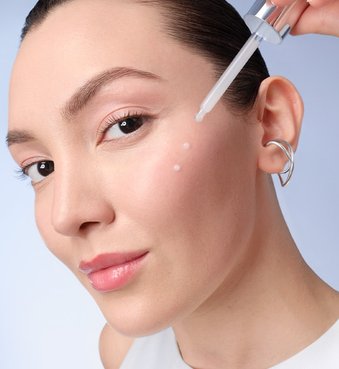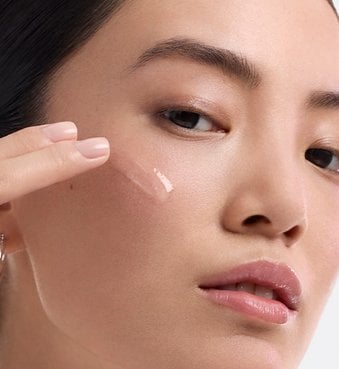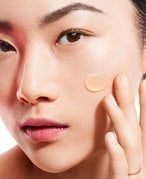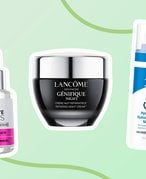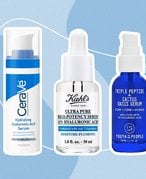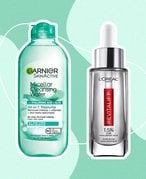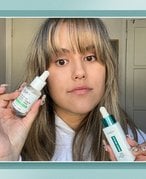Serums
From anti-aging serums to vitamin C serums to everything in between, here we share our picks of the best facial serums from the L'Oréal portfolio of brands.Latest Articles
Recommended Articles
-
![Photo of a woman and applying moisturizer to her cheek]() Ask the ExpertWhat Is the Correct Order to Apply Skincare Products?9/17/2024
Ask the ExpertWhat Is the Correct Order to Apply Skincare Products?9/17/2024 -
![Amazon Prime Skincare]() All Product PicksStandout Skincare Deals to Shop on Amazon Prime Day7/11/2024
All Product PicksStandout Skincare Deals to Shop on Amazon Prime Day7/11/2024 -
![IT Cosmetics Bye Bye Lines Hyaluronic Acid Serum, Lancôme Advanced Génefique Night Cream, CeraVe Hydrating Hyaluronic Acid Serum collaged on a light green background]() All Skin Concerns10 of the Best Hyaluronic Acid Skincare Products To Try in 20241/22/2024
All Skin Concerns10 of the Best Hyaluronic Acid Skincare Products To Try in 20241/22/2024 -
![Bottles of CeraVe, Kiehl’s, and Youth to the People face serums]() Dry Skin20 Editor-Approved Face Serums for Dry Skin12/12/2023
Dry Skin20 Editor-Approved Face Serums for Dry Skin12/12/2023 -
![Cyber monday skincare collage]() All LifestyleAll the Skincare Deals to Shop This Black Friday and Cyber Monday11/21/2023
All LifestyleAll the Skincare Deals to Shop This Black Friday and Cyber Monday11/21/2023 -
![Editor holding up the L’Oréal Paris Bright Reveal 12% Niacinamide Dark Spot Serum and the Kiehl’s Ultra Pure High-Potency 5.0% Niacinamide Serum]() Serums23 Best Niacinamide Serums to Try Today, According to Our Editors11/7/2023
Serums23 Best Niacinamide Serums to Try Today, According to Our Editors11/7/2023





























